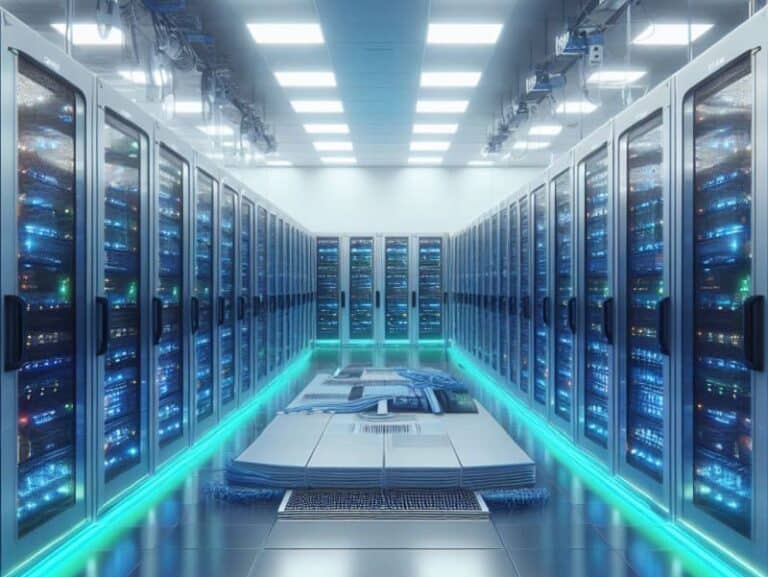Schneider Electric recently published four possible scenarios for future electricity use by AI data centers. The company calls on policymakers to carefully guide energy use to avoid future crises.
The report, Artificial Intelligence and Electricity: A System Dynamics Approach, examines AI’s impact on energy needs. It points to growing concerns that the energy needs of AI data centers could strain power grids.
Four scenarios
The report describes four scenarios: Sustainable AI, Limits to Growth, Abundance Without Boundaries, and Energy Crisis. All of them predict an increase in energy use between 2025 and 2030, and different scenarios have varying impacts on energy use.
The Sustainable AI scenario predicts a gradual increase in energy use from 100 TWh in 2025 to 785 TWh in 2035, with a shift to energy-efficient models. The second script, Limits to Growth, shows infrastructure and energy supply constraints. AI energy use will rise to 510 TWh by 2030 but stagnate due to shortages of grid power and specialized chips.
Abundance Without Boundaries, the third possibility, warns of unbridled growth of AI, skyrocketing from 100 TWh to 880 TWh by 2030 and 1,370 TWh by 2035, leading to the Jevons paradox. This paradox boils down to the fact that improvements in efficiency actually increase overall energy use.
Finally, the Energy Crisis foresees conflicts between AI’s energy needs and other economic sectors, peaking at 670 TWh in 2029 and sharply dropping to 190 TWh in 2035 due to uncoordinated policies and global energy shortages.
Several recommendations
To avoid these risks, Schneider offers recommendations in three main areas:
1 AI infrastructure
Data centers should be optimized with the latest cooling technologies, energy-efficient hardware such as GPUs and TPUs, and on-site renewable energy production combined with advanced energy storage.
2. AI development
Efficiency must be improved through techniques such as model pruning and quantization. AI companies should establish clear KPIs, including energy efficiency and environmental impact, and apply circular economy principles to hardware and software.
3. Governance, standards and education.
Policymakers should develop certification programs for sustainable AI practices and robust governance structures for responsible AI development. In addition, AI education should emphasize sustainable practices to create an educated workforce.
Schneider emphasizes that the report is not a prescription but a basis for informed discussions about the future of AI and energy. Governments and businesses must balance AI growth with economic and environmental sustainability.
